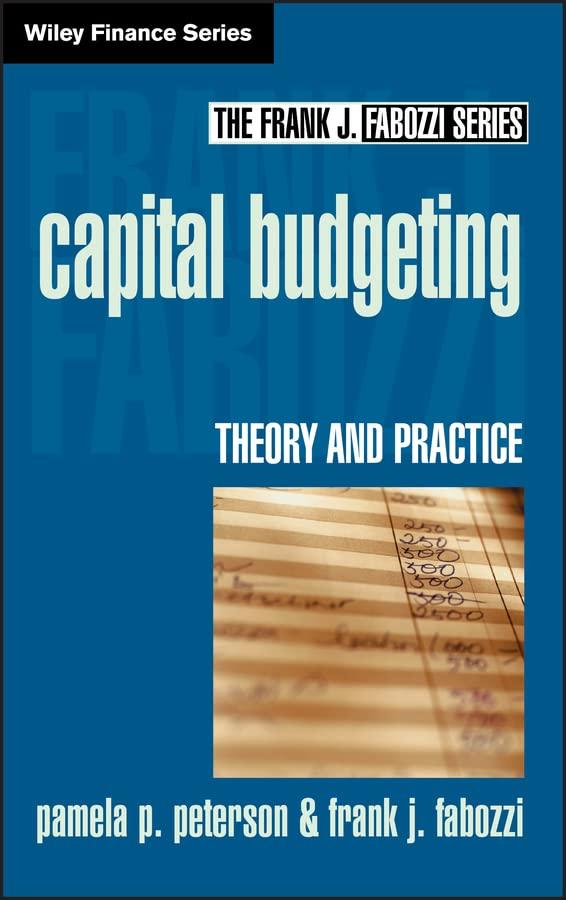Which of the following investment opportunities produces the highest rate of return on a $25,000 investment? (After the third year, you get your $25,000 back -- guaranteed!). Assume that inflation is 5%, one-year Treasury Bonds pay 6%, investment grade corporate bonds pay 8% and junk bonds pay 12%.
| A deal that pays nothing in the first two years and $3,200 at the end of the third year. |
| | A deal that pays $1,000 in all three years. |
| | A deal that pays $2,600 at the end of year 1, $200 at the end of both years 2 & 3. |
| | A deal that pays $400 at the end of year 1, $1,000 at the end of year 2 and $1,600 at the end of year 3. |
If you hold your savings in the form of nominal assets other than cash, you are a:
Why do bonds issued by the federal government pay a lower interest rate than bonds issued by, say, Intel Corporation.
| | This statement is not true. The bonds issued by the federal government pay an interest rate that is very close, if not identical, to the rate paid by large corporations. |
| | The bonds of the federal government come with an extremely low (virtually non-existent) cost of default block for the lender. |
| | Buyers of treasury bonds are more patriotic than other investors and therefore don't require that the federal government pay them as much as a corporation or other profit oriented entity. |
| | This statement is not true. The bonds issued by the federal government pay an interest rate that is higher than the rate paid by large corporations. |






